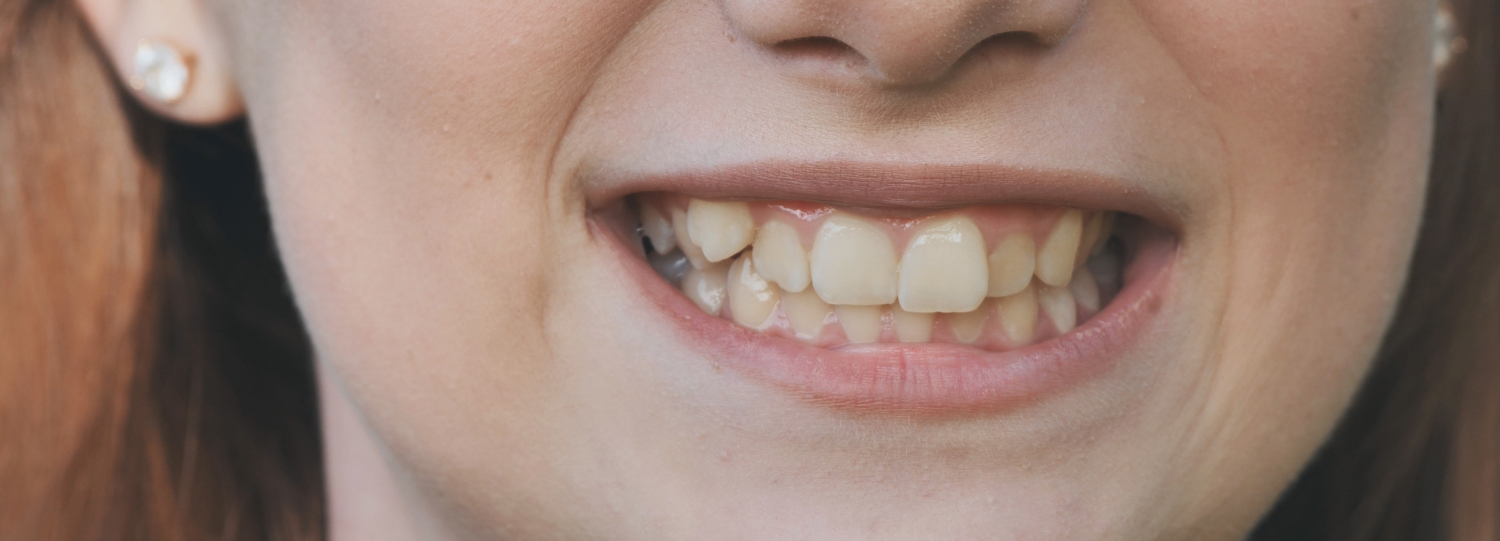

Dental crowding is a condition in which the teeth are too close together and overlap, making it difficult to properly clean them. This can lead to dental malocclusion, which can cause a range of oral health problems. Orthodontic treatment is often necessary to address dental crowding and prevent further damage.
Dental crowding can be defined as an abnormal formation or space between teeth. It may not have an obvious sign or symptom, it may only be visible on X-rays of the mouth, but it will reduce the space that your teeth can accommodate and lead to problems with your bite. When your teeth do not have enough room to erupt properly into their final position, they will grow into one another and cause gum disease and other oral health symptoms. Dentists define dental crowding as “tooth contour irregularities that result in a lack of tooth-to -tooth contact and the negative effects that this may have on the occlusion.”The oral cavity is the area of in which your mouth, teeth, and gums are located. The skeletal structures of all humans are composed of 52 bones that form a framework for your head to sit on top. There are also 30-36 muscles used for chewing and swallowing as well as facial expressions. Your jawbone is where all these structures meet, so it has a lot to do with how we can consume food by chewing it up into small pieces before swallowing them down with saliva or other juices.
Dental crowding is an increasingly common problem that can have a significant impact on oral health. It occurs when the teeth overlap, creating overlapping spaces where bacteria and plaque can accumulate. This can lead to tooth decay, cavities, gum disease, and bad breath. It's important to address dental crowding early on in order to avoid long-term damage and ensure healthy oral hygiene.
Dental crowding is a common orthodontic problem that can cause aesthetic and functional issues for patients. Accurately diagnosing the condition is essential to properly evaluating the treatment options available and providing effective treatment. This article will discuss the process of diagnosing dental crowding and evaluating treatment options, including the various orthodontic evaluation techniques used. It will also provide an overview of the different types of orthodontic treatments available, as well as their advantages and disadvantages.
Dental crowding is a common issue that affects many people and can cause discomfort, pain, and even difficulty with eating. Fortunately, there are several treatments available to help address this issue. Braces and Invisalign are two of the most popular options for treating dental crowding. Both of these treatments can be used to straighten teeth and reduce overcrowding in the mouth. However, it is important to consider which treatment is best for your individual needs before making a decision.
Ignoring dental crowding can lead to a number of risks, including pain, infection, and tooth decay. Dental crowding occurs when the teeth are overcrowded and do not fit properly in the jawbone. This can cause several problems, such as difficulty cleaning teeth properly, increased risk of cavities or gum disease, and difficulty speaking or chewing. It is important to take preventive measures to avoid these risks and keep your teeth healthy.
Dental crowding is a common issue that can cause discomfort and even pain in the mouth. It occurs when there is not enough space in the jaw for all of the teeth to fit properly. Fortunately, this condition can be treated with orthodontic braces or aligners. However, it's important to note that the amount of time it takes to properly treat dental crowding varies from person to person. Factors such as age, severity of the crowding, and other existing dental issues can all affect how long it takes for treatment to be successful. On average, it typically takes anywhere from six months to two years for dental crowding to be corrected correctly.

Frays Dental provides high standard holistic care with minimally invasive care for all our patients.
Mon : 9:00 am – 8:00 pm
Tue : 9:00 am – 6:00 pm
Wed : 9:00 am – 8:00 pm
Thu : 9:00 am – 6:00 pm
Fri : 9:00 am – 6:00 pm
Sat : 9:00 am – 2:00 pm
Sun : 9:00 am – 2:00 pm
(By prior arrangement)
